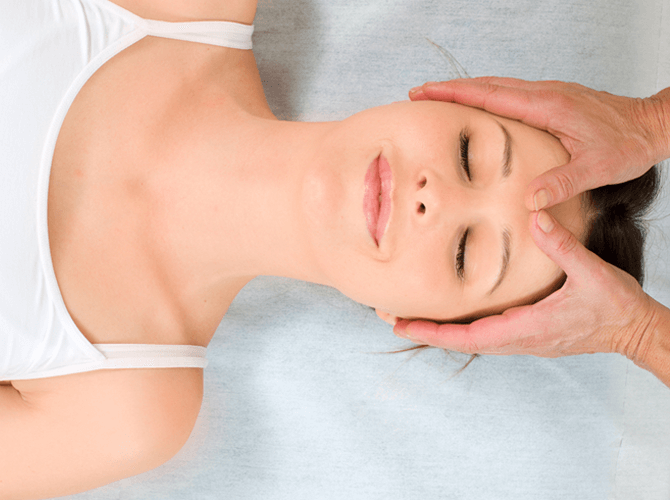Cranial Osteopathy

Cranial osteopathy is a very common treatment modality used by many people for a number of disorders. Cranial osteopathy is very gentle and any babies and young children visit practitioners. Specific gentle pressure is applied where necessary to enable the inherent healing ability of the body to affect the release of stresses. It is never too early to treat.
The treatment is suitable for all ages and many adults have cranio-sacral therapy suffering from a variety of conditions. Cranial osteopathy can be very useful for adults as well as children.
Cranio-sacral osteopathy session
A full case history of symptoms and medical history is taken. Your therapist will often be surprisingly interested in injuries that happened a long time ago; even birth trauma can be relevant at any age.
If appropriate, the examination commences and includes much of the mobility and postural assessment and observation that is common to any manual assessment. What is different is the use of light touch, which feels like being cradled in the hands to identify areas of tightness in the body and in particular the head.
Treatment consists of a similarly light but more directed touch to begin to restore motion where possible.
Reactions to treatment?
Reactions to treatment are variable; often the patient is very relaxed afterwards and sleeps well. Others will have a burst of energy after treatment, usually followed by a good nights sleep. Occasionally children are unsettled after treatment. This is a temporary situation.
After treatment adults may initially feel a little ‘light headed’. It is very rarely a problem as long as they are warned that it may happen. Another common reaction is to be slightly more sleepy afterwards and that same night. Again this is rarely a problem as long as patients are warned. In adults the response to treatment is slower and more treatments may be required than in children. Your therapist will try to give some idea of how many treatments it is reasonable to try and agree to review the situation at the end of the course of treatment.
Summary
For further information please contact the Upledger Institute.


